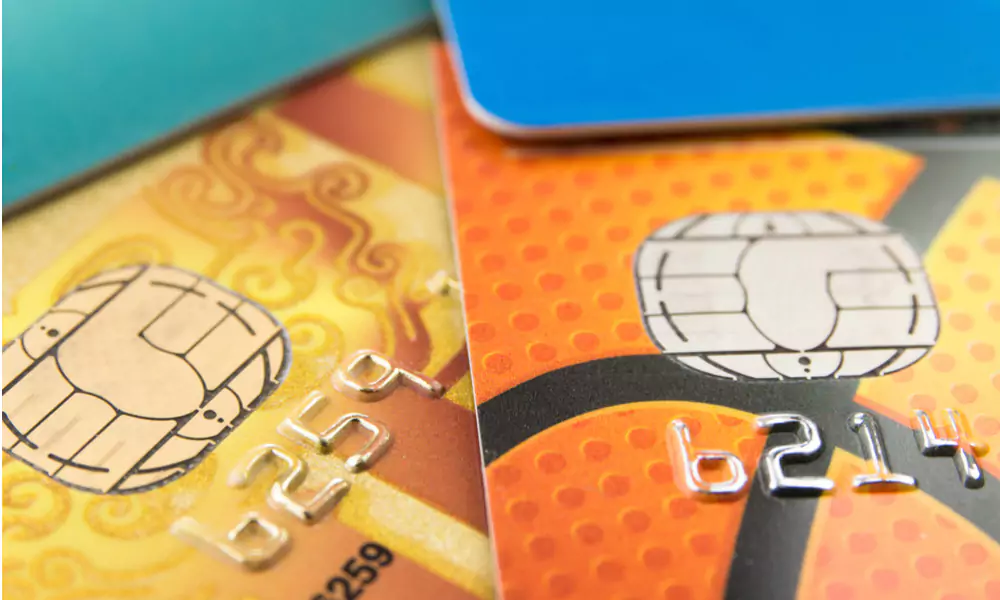EMV chip cards were originally conceived of by Europay, MasterCard and Visa. They are more secure than traditional debit and credit cards, because account information stored on cards is encrypted uniquely each time it is accessed. This makes it more difficult for potential perpetrators of fraud to pick up useful pieces of information. Traditional debit and credit cards have magnetic stripes that store data statically.
The EMV standard is defined and managed by the privately held company EMVCo LLC. The Japan Credit Bureau, China UnionPay, Visa, American Express, MasterCard and Discover each hold a one-sixth interest in the organization.
There are two primary types of debit and credit card transactions: card present and card not present. EMV chip technology does nothing to prevent fraudulent card-not-present transactions. Once a criminal has the information required to make online transactions, an EMV chip cannot stop the fraud. However, EMV chip technology can help to dramatically cut down on instances of fraud involving card-present transactions. Traditional debit and credit cards can be read quite easily through a practice known as skimming. Once a card has been skimmed, it is a simple process to produce a copy with the same information stored in the magnetic strip.
A chip and a PIN is a mathematically stronger authentication method than a magnetic stripe and signature. Stealing a PIN is more difficult than forging a signature. All EMV cards require one Triple-DES unique key together with one of three increasingly secure embedded card authentication and data encryption schemes: static data authentication, dynamic data authentication and combined data authentication and a compatible point of sale terminal.
The United States has been slow to adopt EMV chip technology, mostly due to implementation costs. EMV chip technology has been widely adopted in the rest of the world. There are few side-by-side comparisons of statistics concerning the security of EMV cards with traditional cards. In 2011, the UK Cards Association and Financial Fraud Action UK published a study that reported counterfeit fraud losses dropped 63% between 2004 and 2011 with the introduction, broad usage and acceptance of EMV chip cards. The same study also reported that when using counterfeit cards overseas, the U.S. was the first choice for those committing credit card fraud.
There are concerns voiced in the industry that the U.S. may already be too late to adopt EMV chip technology. Analysts with Gartner and International Data Corporation predict mobile devices are likely to be mainstream methods for commerce by 2016. Juniper networks estimates that over 1 billion people are likely to be using mobile devices to transact commerce by 2017. Neither EMV chip technology nor a comparable feature is widely available with smartphones. Many feel this leaves U.S. consumers and their data in a vulnerable position.




